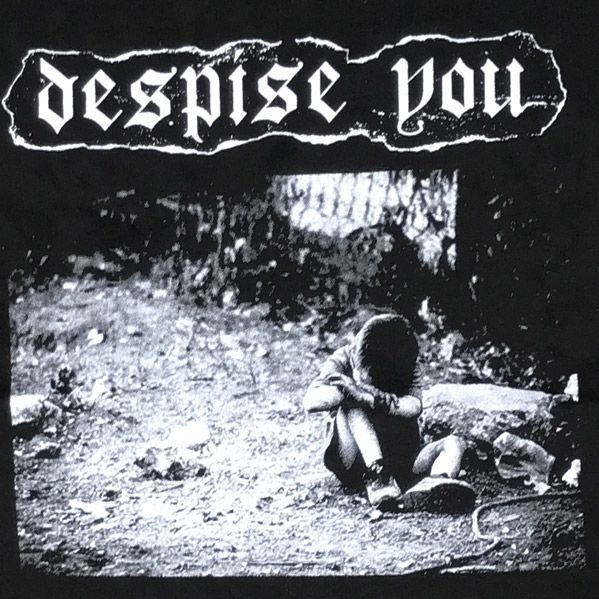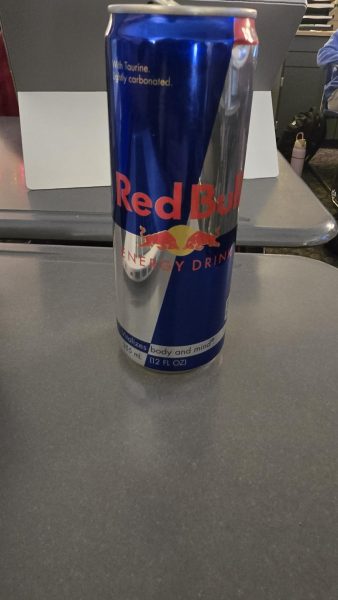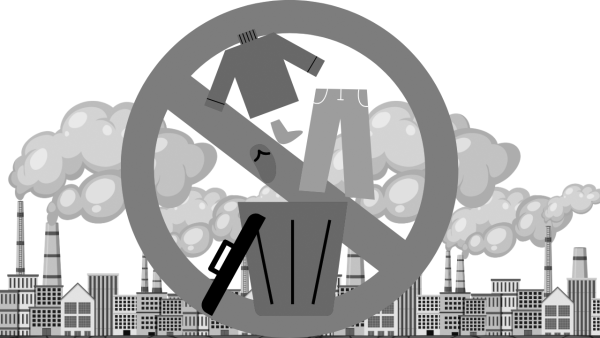The speed at which trends change
Back in 2021, people were obsessed with guessing the word of the day in Wordle and they were posting TikToks bragging about getting it in 2 tries. This trend lasted for a few months before it dissipated. This pattern is often seen with trends on social media sites. Recently, the trend is BeReal, in which people post a picture using the front and back camera of their phone at a random time in the day. As we have seen before, other social media sites try to capitalize on this. For example, after TikTok got popular, Instagram and Youtube created short videos as well. Now, almost every social media has short videos very similar to TikTok. TikTok is also doing this, creating TikTok Now on their app to capitalize on BeReal’s success.
The quick changing of trends aren’t just with social media; clothing trends also change quickly. Low-rise jeans were very popular in the early 2000s. Now, high-rise jeans are what many people wear. However, low-rise jeans are coming back again. This allows fast fashion companies like Shein to create bulk items and price them cheaply to get rid of them, and cycle back to the same trends again. If they can’t, the clothes go to landfills. According to Brightly.eco, “Shein’s website touts small batch production of new products to “ensure no raw materials are wasted,” though the company admits to engaging in large-scale production of popular items.” This year, fast fashion created more CO2 than aviation and shipping combined. The companies treat their employees horribly as well. According to a 2019 report, Fashion Nova, a competitor of Shein, was using underpaid labor, with the workers being paid as little as $2.44 an hour. The trends shifting so quickly causes people following them to want cheap alternatives to the expense of trends. Fast fashion, although bad for the environment and employees, is becoming very popular. Many people buy boxes upon boxes of clothes to do ‘hauls’ on social media. The endorsement of these companies not only harms the world, but encourages the coming and going of trends.
The rapid changing of clothing trends also harms people’s mental health (and their wallets.) If someone doesn’t have their clothes up to date with the trends, it tends to isolate them from society. When people post about what outfits they are wearing and who they are with, people look at their clothes to try to fit in. When they don’t see what they want to see, their confidence plummets. Then social media continues to show them people that are wearing cool clothes and the cool trends, which isolates them further. According to a study done by MIT: “College-wide access to Facebook led to an increase in severe depression by 7% and anxiety disorder by 20%.” While there is not reliable data about how social media trends affect mental health, it is reasonable to assume that the effects would be similar to those of social media.
Social media has a large impact on the speed of trends as well. The internet has provided a way for information to quickly spread across the world, which makes trends easily accessible. When something spreads quickly and rockets to popularity, the chance of it lasting is very low. If something can come into the popular eye in as soon as an hour, then they can also leave the popular eye just as quickly. The popularity of certain things is heavily reliant on influencers who spread them. If a large content creator wears a piece of clothing, it’s likely going to be a popular trend the next day. These influencers don’t push for the end of harmful trends, but for the money they gain from partnerships and sponsorships relating to trends.
Like previously stated, BeReal and Wordle were/are fairly big trends. Wordle is a fun word game, not something that would cause direct harm to someone. However, BeReal can. It is easy to ignore the notification of ‘It’s Time To BeReal’ until you are doing something fun. Then, it can be broadcast to the friends someone might have on the app. This causes a feeling of being left out of activities, and making it worse by showing everything around them. Despite the app supposedly being a more real version of social media, it doesn’t provide any less insecurity or depression.
The quickly changing world requires a quickly changing society. Even then, trends should stick around a little longer, if only to help the planet as much as we can, as well as lower the insecurity that comes from being on social media. Trends are much easier to spread now that mainstream social media exists. Despite this, trends are not a direct result of social media. Trends have existed since the beginning of time, and it’s time to start minimizing the damages from them.
Your donation will support the student journalists of Fargo North High School. Your contribution will allow us to resume physical printing of our newspaper for students at Fargo North!

I am an avid reader and writer, and love learning about what's going on in the world. I love experiencing the community in Fargo, and talking...









